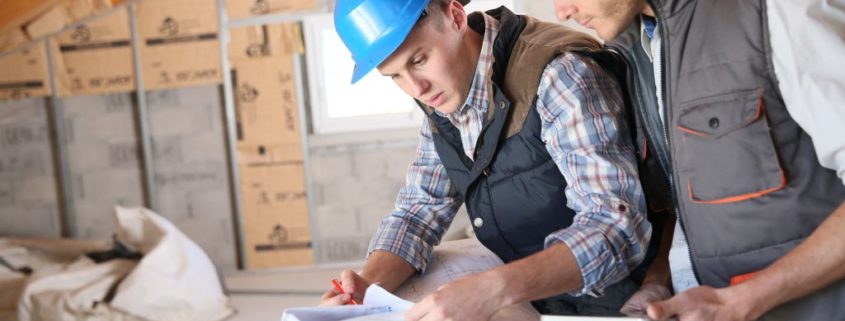Combustible Cladding
The Grenfell Tower fire in London in June 2017 has put building cladding under the spotlight with audits happening around Australia as a result.
Manufacturers offer two different versions of the cladding – one with a plastic core and one with a mineral core. The plastic filled version if ignited becomes a fuel for the fire, while the mineral core is considered less flammable.
Whilst investigators do not attribute the source of fires to the cladding, it certainly has attributed to the rapid spread of the fire. In the case of the Grenfell Tower fire which resulted in 79 people dead or missing, it took 15 minutes to engulf the complete 14 storey building.
The investigators believe a fridge freezer was the source. BBC reported that because of the rapid fire spreading on the outside of the building, the normal system of rescuing people and fighting from a lower storey did not work.
In August 2017 the Torch Building in Dubai caught fire for the second time (the first time was in 2015). Reports seem to suggest in both incidents, Combustible Cladding, whilst not the source, had a major effect on the spread and size of the fire.
In November 2014 in Melbourne, Australia, a small column of cladding on the Lacrosse building caught fire spreading quickly up the side of the building.
Reports indicated that a cigarette butt in a plastic container was the source of the fire
which spread up the 23 storey building in 11 minutes.
Luckily there was a limited amount of panels involved and internal sprinklers operated protecting occupants and reduced the spread of fire internally.
There were no casualties but 450 – 500 people were evacuated and had to find alternative accommodation. It was reported that the unit owners were instructed to rip off and replace the cladding at a personal cost estimated at $40 million.
Cladding is also used on many other buildings and authorities across the world are investigating. Following Grenfell, English authorities evacuated a further 650 apartments in other buildings fitted with the combustible cladding.
Looking at your building or if you are considering purchasing, how do you recognise the cladding? Reports seem to suggest that reviewing the building specification or looking at the cladding will not solve your question. It seems the only way to be sure is to have it tested.
The Australian newspaper reported that many buildings in Sydney could contain the cladding. And who is responsible and pay for repairs? Good Question.






